Controlling Disease the Eco-Friendly Way
Most gardeners understand when insects are damaging their plants. The symptoms include chewed or discolored leaves, defoliated plants and, often, visible pests. Plant diseases are every bit as damaging as insect pests but much more difficult to diagnose because no pest is obvious. The advent of three-in-one products, which control insects, mites and diseases, has helped eliminate the need for diagnosis as one product can virtually solve all pest problems.
Conventional fungicides and three-in-one products have been in use for decades, but many people have become concerned with the potentially harmful effects of toxic chemicals. As more home gardeners look for strategies to create a safer and more environmentally friendly lawn and garden, retailers should consider promoting natural alternatives and educating their customers on the cultural practices that can reduce the incidence of infection.
Guaranteeing a Green Lawn
Common fungus diseases like dollar spot, red thread and brown patch can be reduced with cultural practices that promote a healthy lawn:
Feeding. A properly fed lawn will have fewer disease problems. Feed three to four times each year and apply ¾ to 1 pound of nitrogen per application. Use an organic fertilizer that is slow to release. Synthetics typically do not have enough slow-release nitrogen, which can lead to a flush of growth that makes the lawn more susceptible to disease.
Mowing. Raise the cutting height to at least 3 inches to provide for more vigorous turf and fewer weeds. Keep mower blades sharp to prevent tearing open grass blades, which creates an easy point of entry for fungi.
Thatch management. A thin layer of thatch is actually normal and can benefit the lawn. However, when thatch exceeds ½-inch in depth, it can be a breeding ground for pests and diseases. Using organic fertilizers can help reduce the buildup of thatch beyond the healthy level.
Controls. Most controls are not curative and can be costly. The gardener may want to weigh the cost of the control against the cost of allowing the problem to run its course and reseeding. Natural controls like copper and sulfur can reduce the spread of some common lawn diseases and should be considered as an alternative to synthetics. Some diseases, such as red thread, are brought on by nutrient deficiency and can be reduced by applying organic nitrogen.
A Not-So-Rosy Reputation
Roses have a reputation for being difficult to grow because of diseases like black spot and powdery mildew. But this need not be the case.
Cultural methods. Feed roses monthly with a plant food rich in natural organics. Healthy, vigorous plants will be less susceptible to disease. Grow roses in full sun and space plants for good airflow around the foliage. Water the soil only to prevent water from standing on the foliage. Keep the soil around the plants clean of debris and mulched. Finally, choose rose varieties that demonstrate resistance to common problems like black spot and powdery mildew.
Controls. Rose growers do not need to rely on an arsenal of synthetic chemicals for prevention and control of diseases and pests. Products that combine natural sulfur with pyrethrins can help gardeners who are unsure of what’s causing their problems. These products are easily available and are as effective as synthetics at controlling most common pests and diseases. Like their synthetic counterparts, these are best used as part of a regular spraying program.
Communicating Eco-Friendly Strategies
Most garden centers are unable to personally diagnose and prescribe controls to each customer they serve. That is why it is critical to find creative ways to communicate cultural strategies and remedies to the customer. Some very simple tactics can work to reinforce the message to customers:
Natural controls area. Retailers should have a means for calling out natural and less toxic controls to their customers. This can be done in several ways including a specific area of the store dedicated to natural gardening solutions, specific areas in traditional sets dedicated to naturals, or a flag system to call these out among their synthetic alternatives. Gardeners are looking for these alternatives; make them easy to find.
Impulse displays. Find ways to build impulse displays of popular controls and plant foods in high traffic areas to capture the customer that does not have this purchase as “top of mind.”
Educate your staff. An informed sales staff can quickly communicate to your customers strategies for success and remedies when trouble strikes. Resources to accomplish this are many. Look to your vendors to provide support materials or in-store presentations. Also, most vendors have websites featuring information on when, where and how to use controls. Finally, look to your local cooperative extension service for publications on popular topics. These often carry the added benefit of a university “seal of approval.”
Create your own care and data sheets. A data or care sheet can go a long way in assisting your staff in demonstrating best cultural practices and control strategies. These also can be built into a library that allows customers to browse topics and find solutions when your staff is busy.
Use alternative means to communicate with customers. Build a customer loyalty program or some other means to gather customer information for “opt-in” communication. This allows you to talk to your customer about alternative strategies in a timely manner. Many consumers want the information and will view you in a favorable light for helping them be successful with best cultural practices and alternatives to synthetic controls.

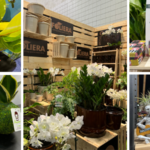



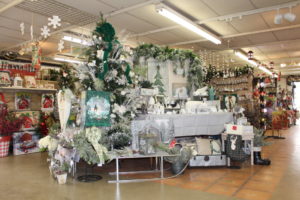


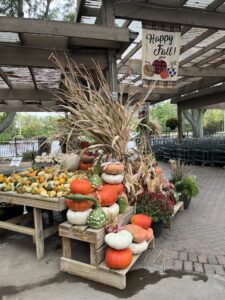
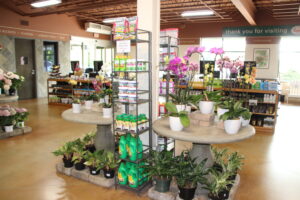
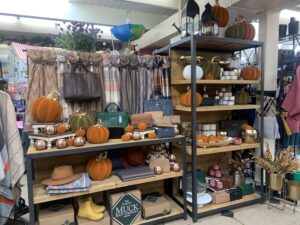
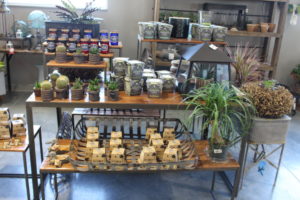
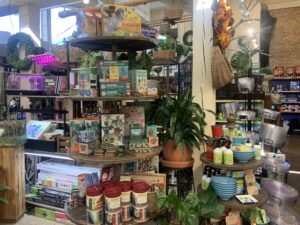


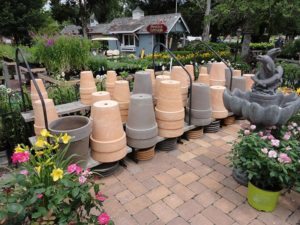
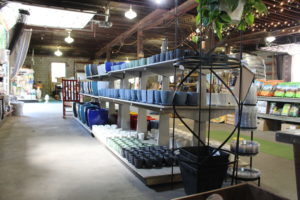
 Videos
Videos





